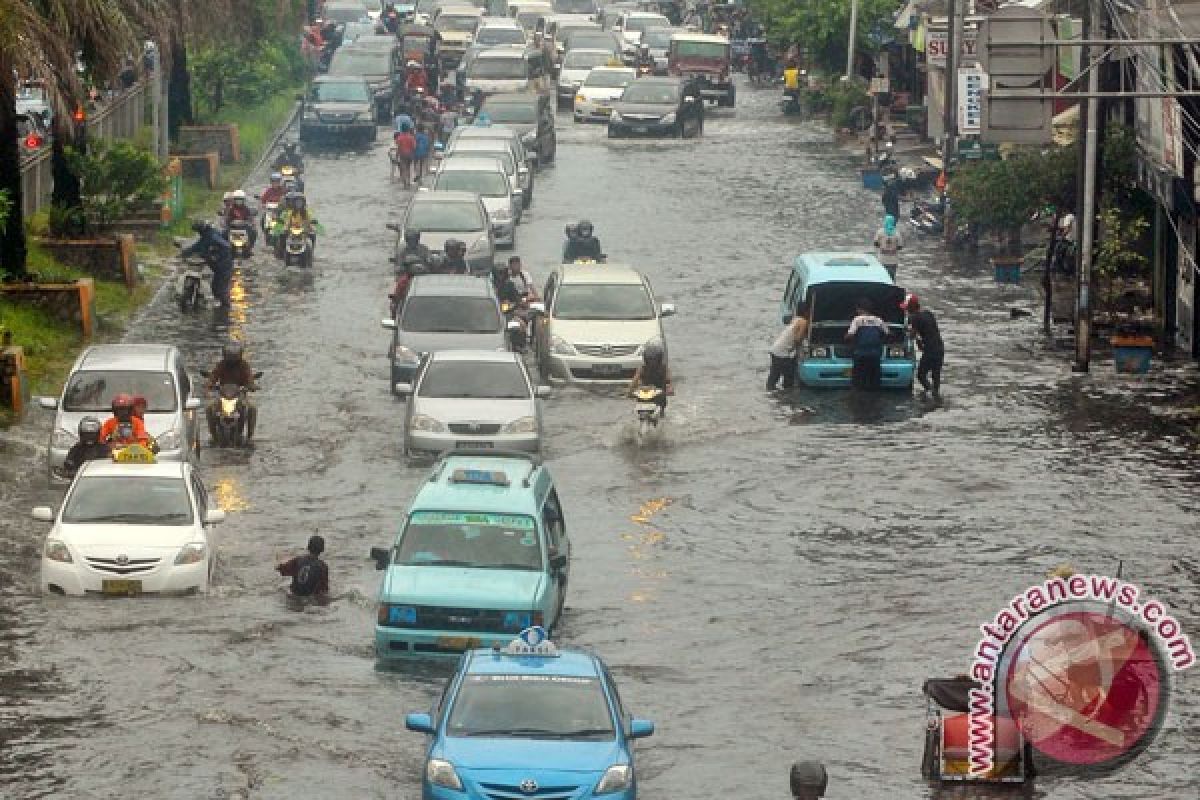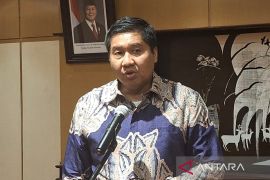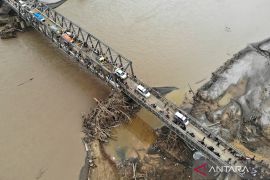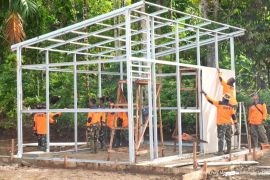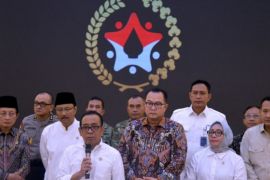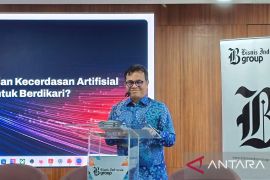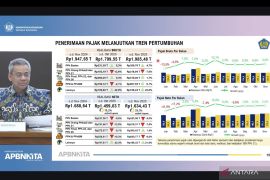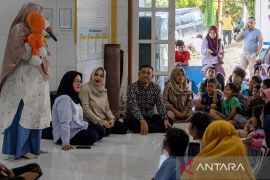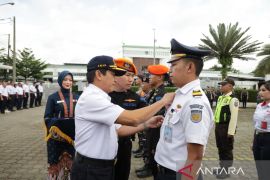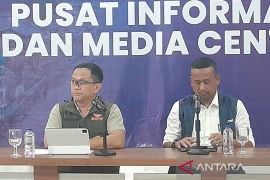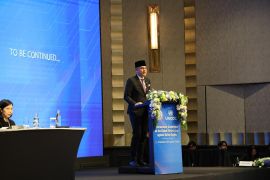"Floods in Jakarta, for instance, have been taking place since 1621."Jakarta (ANTARA News) - Director of the United Nations Educational, Scientific and Cultural Organization (UNESCO) for Jakarta Hubert J Gijzen has said it is not easy to solve flood problem speedily and cheaply because it involves different parties.
"Relocating residents, for example, from the affected areas could not be carried out speedily and need a lot of funds," he said here on Tuesday.
Therefore, he said that what needed to be done is to learn how to live `harmoniously` with water which is the cause of the floods. Thus, when the floods come, the impacts of floods could be minimized.
In the meantime, Director of the Asia Pacific Centre for Ecohydrology (APCE-UNESCO) Hery Harjono said that nature had its own laws which were beyond the control of human beings.
However, human beings often ignored the law of nature. "Floods in Jakarta, for instance, have been taking place since 1621. At that time the number of buildings and population was still small."
But the presence of natural laws should not mean that floods could not be overcome. The West Flood Canal which was built by the Dutch is used to overcome the flood problem in Jakarta.
"The problem is that we are ignoring the law of nature for a long time. The water catchment areas in Jakarta have been covered by different infrastructures so that floods remain a problem in the capital city," he said.
The Asia Pacific Center for Ecohydrology (APCE-UNESCO) in cooperation with the Indonesian Institute of Sciences (LIPI) is organizing a training course on the use of the Integrated Flood Analysis System (IFAS), here on Tuesday.
He said the course was being attended by 29 participants from the Ministry of Public Works and the River Basin Management Agency and representatives from the regional governments of in Java and Lampung.
IFAS is a soft ware developed by the International Centre for Water Hazard Risk (ICHARM-UNESCO) in Japan. The soft ware has been installed in the computer of all participants.
Senior researcher of ICHARM-UNESCO Seishi Nabesaka said IFAS should be installed in the computer that has the internet network.
As an integrated flood analysis system, IFAS could forecast floods which would happen within 24 hours.
"There are 23 parameters and data that need to be installed in the computer to forecast floods, such as weather condition, climate condition, rain falls, river`s water volumes and others," he said.
APCE-UNESCO executive secretary Ignasius Dwi Atmana Sutapa, in his capacity as the chairman of the training said the training would use the Citanduy river data as training subjects including capital, forecast and flood analysis.
"The training on this device does not involve monitoring as it used to be done at Katulampa sluice. This soft ware would produce results in the form of a model and forecast of flood impacts so that damage it would incur could be minimized," he said.
LIPI Deputy Head Iskandar Zulkarnain said the flood forecaster soft ware was actually not a new product. A number of institutions in Indonesia, such as the Meteorology, Climatology and Geophysics Agency (BMKG) and the Agency for Application and Assessment of Technology (BPPT) already had such a soft ware.
All soft wares have their own superiority but in Indonesia floods would continue to occur and have impacts even if they have been forecast.
"Probably, the IFAS the use of which has gained recommendation from the UNESCO, already has more superiority compared with other products of the same kind," he said.
(Uu.A014/S012)
Editor: Priyambodo RH
Copyright © ANTARA 2013
